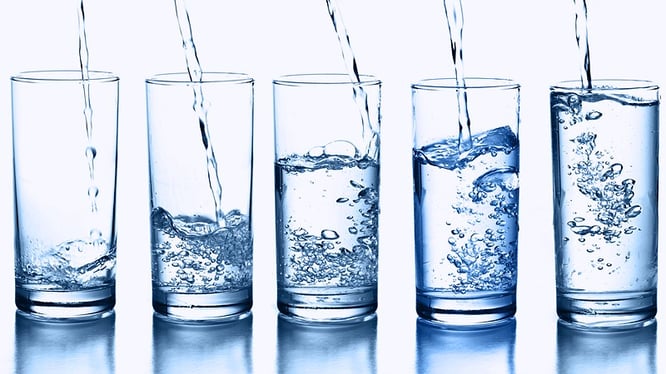
As with many of the practical aspects of urodynamics (UDS) testing, the rate at which the bladder is filled during the cystometric portion of the exam influences the test results. Generally speaking, filling during UDS can be at rates below physiologic levels, at physiologic levels or at supra-physiologic levels. There are distinct pros and cons to filling at either physiologic rates or rates above that, while filling at a rate below the natural rate of bladder filling is both inefficient and unnatural.
To fill the bladder at a rate comparable to natural urine production is a challenging calculation. There are several rough rules of thumb to assess the fill rate1. One is assuming a maximal fill rate in adults of 20-30 mL/minute. Another is to fill the bladder at 10% of the maximal voided volume, keeping in mind that a void includes both the amount that is voided and residual urine1. The latter is commonly used in children and in many adults would often lead to fill rates in the 20-30 mL minute range.
When filling at a physiologic rate, the primary advantage is that this mimics natural bladder physiology, giving a test result that approximates real world conditions, one of the key goals of UDS. Another benefit is that this allows the person performing the test to have more time to evaluate the tracing and manage artifacts as they emerge. The primary disadvantages are that this can make testing take longer than faster fill rates and this may not induce the same degree of overactivity as higher fill rates will cause. Additionally, may studies of UDS have been conducted with such rates and if you are either comparing to published data or generating research data, this is a key item to remember1.
Supra-physiologic rates obviously are rates in excess of the prior parameters of 20-30 mL/min or over 10% of bladder capacity per minute. This clearly leads to a faster time to cycle through the test, as the faster fill rates get the cystometric exam completed in a shorter time. This also may lead to increased overactivity and allow observation of that in patients where this an issue. On the downside, this clearly does not mimic natural voiding function and thus may lead to results that are not comparable to the patient’s voiding outside of the UDS lab environment. Furthermore, this is not how standard research studies of UDS have been conducted and thus may not mimic data in the literature1.
Clearly the fill rate you choose during an exam may influence the results you obtain. In the most basic sense, faster fill rates will lead to more efficient use of time, but may induce overactivity when it may not occur at physiologic rates. More physiologic rates will obviously mimic natural voiding more closely, but with the downside of taking longer to conduct a single test.
References:
International Continence Society Good Urodynamic Practices and Terms 2016: Urodynamics, uroflowmetry, cystometry, and pressure-flow study. Rosier, Schaefer, Lose et al. Neurourol Urodynam 2016; 9999: 1-18.


